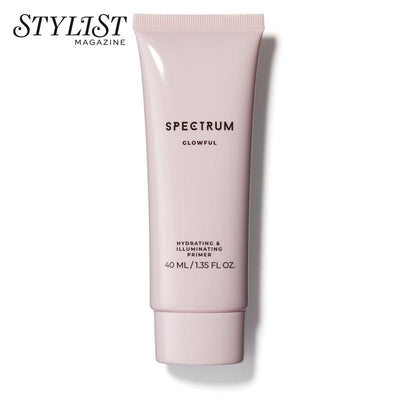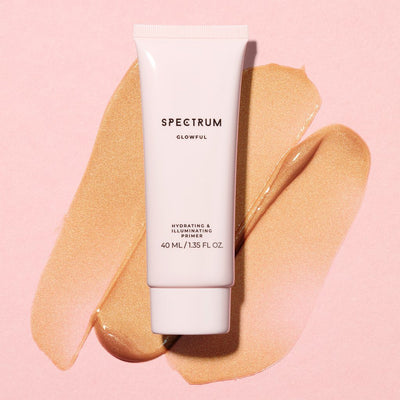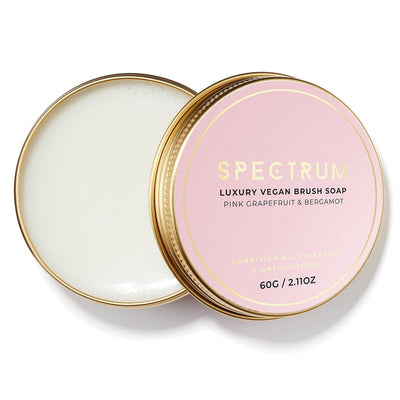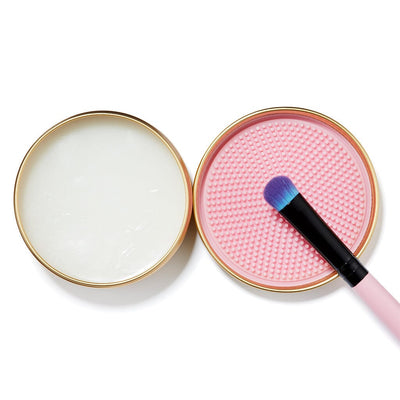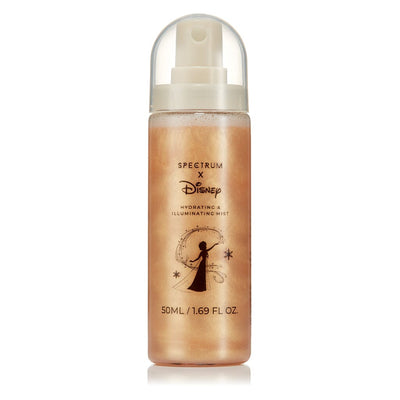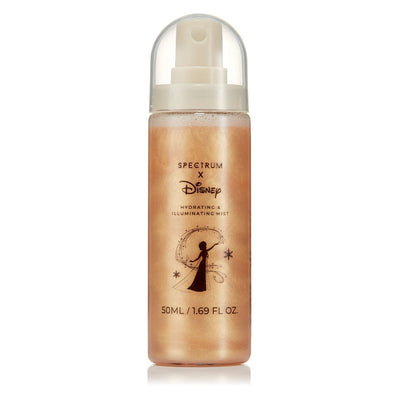How To Sanitize Makeup Between Clients, Post-COVID

Our top tips on how to disinfect your makeup kit and safely prepare your tools before heading back into the beauty world!
As working makeup artists, we’ve always understood that practicing good hygiene is at the forefront of our job. But now more than ever during the current climate and as we begin to prepare to go back to work in the beauty industry, we must plan what safety measures we will be putting in place.

As well as PPE to protect yourself and others, it’s also important to brush up on hygiene and thoroughly disinfect your entire kit. Although it’s always been a part of our regular routine to clean products and brushes between every client, we’ve put together a guide on how you can prepare your makeup kit and brushes to ensure you, your client and your colleagues are safe!
Grab your gloves and let's Hinch! (If you're not following Mrs Hinch already then where have you been!?)
Step 1: Declutter & Get rid!
This is also a great time to double check all your products within your kit and personal use are not past their PAO symbol. This normally looks like a jar with a number and letter inside. E.g. 12M. Also note, that this means “period after opening”. The smell and change in texture of a product is also a good indication on if it’s expired! (Yuck!) All makeup products expire, so it's important to regularly check and replace any products if you need to! It’s also the perfect opportunity to stock up with our new makeup range and professional makeup brushes.
Step 2: Disinfecting your tools & kit
Check out our blog post on how to clean your makeup brushes for more information! As well as cleaning the bristles with a quality vegan makeup brush cleaner, we should also disinfect the handles too. The best way to do this, is to use rubbing alcohol on a cotton ball and wipe round the ferrule and handle.
After you’ve cleansed your brushes, to further disinfect and ensure they are thoroughly sterilised, you can also spray the rubbing alcohol or 70% isopropyl alcohol over the bristles.
NOTE: the rubbing alcohol should be 70% concentration for it to be effective. Any higher, it evaporates too quickly. It basically needs enough time to kill any bacteria!
Brushes are meant to last a long time, if looked after correctly. However, as a professional makeup artist it’s always important to know when to upgrade your brushes if they’re looking a little worse for wear. If you’re a regular freelancer and often working on multiple clients, it’s essential to have a few set of brushes to use, especially if you’re working against time and need clean brushes to hand when moving onto the next client. We know this is an investment but definitely helps to have more than one of each of your essential brushes.
As well as this, you can also carry a small spray bottle of the 70% isopropyl alcohol in your kit to spot disinfect your brushes and other items.
Tools
As well as cleaning your brushes, you must sterilise all other tools like tweezers, lash applicators, lash curlers etc. You can do this by pouring some 70% isopropyl alcohol into a spray bottle and thoroughly saturating the tools. Leave them to dry and evaporate to work. This can be done between every client too. It only takes about 5 mins to dry!
Kit bag
Take all products out of your kit and wipe down the inside and outside and individual compartments with a liquid disinfectant or pop them in the washing machine, if you can and if they're machine washable!
Step 3: Disinfect all makeup products
It's also extremely important to disinfect all products, whether they are liquid, cream or powder. This should be regularly completed in between clients anyway to help prevent cross contamination.
Powders
It may be scary cleaning your powder products and some may assume this might damage the powder. However, simply spray 70% isopropyl alcohol over every single one of your powder products (e.g. eyeshadow palettes, face powders, blushers, bronzers, etc) and ensure you thoroughly saturate. Finally, leave to evaporate and dry! We promise, they’ll be OK! But this will get rid of any nasties!
TIP: If you've ever experienced a hard layer over your powders and it doesn't work like it used to. Grab some regular cellotape and press the sticky side up and down on the powder. This will actually lift the hard layer off, which is caused by a build up of oil. If this doesn't work, gently scrape this layer off with a spatula, wipe with a dry tissue then repeat the disinfected step above! (Although, bear in mind how long you've had the powder too!)
Don’t forget to wipe down the front, back and inside of the powder products too! You can also use bio-degradable wipes to sanitise as you go!
Liquid
Using the same method of alcohol in a bottle, spray the outside of the liquid products and don’t forget to use a cotton bud to get into the hard to reach places, like the nozzle and lid.
During the use of liquid concealers on clients, we should remember not to use the applicator directly on the face as this can cross contaminate the bottle! Instead, apply it onto a petri dish or makeup palette and apply with a brush. This also applies to lipgloss and liquid lipstick applicators too!
Cream
Using a clean spatula, scrape off the top layer of the cream product and wipe off with a tissue. Finally, spray with the alcohol and leave to evaporate.
When using cream products in pots. Always try to decant the product onto a palette using a spatula. This way you never need to double dip back into the pot.
Lipsticks
If your lipsticks have been de-potted into a palette then you can repeat the above. If not, use a spatula to cut off the top layer of lipstick. Dip the lipstick bullet into a pot of rubbing alcohol or spray it instead. This should be completely saturated for the alcohol to do it's work! Make sure you do this right before your client, so they can see you clearly practicing good hygiene.
Pencils
We always have a rule of thumb before applying any sort of pencil. Dip, sharpen, dip! Always dip the pencil into the alcohol, sharpen the pencil, then finally dip again!
Ensure, your sharpener has also been thoroughly sterilised the same way.
Mascara
Did you know that we should change our mascara every 3 months!? As the tube can harbour bacteria! We also recommend trying not to pump the mascara wand up and down as this can pump too much air into the mascara and cause it to dry out.
Then of course, always use disposable mascara wands on every client. Unless you are gifting them the mascara after using it.
Pro Artist Membership
Reminder, If you're a professional makeup artist looking to introduce Spectrum into your kit, or a professional in the making and currently studying, then you may be eligible for our Pro Artist membership where you’ll receive a unique discount code to use on our site.
Need to update your kit with makeup brushes that will last? Shop our full professional makeup brush sets. All of our gorgeous brushes are vegan & cruelty free!
